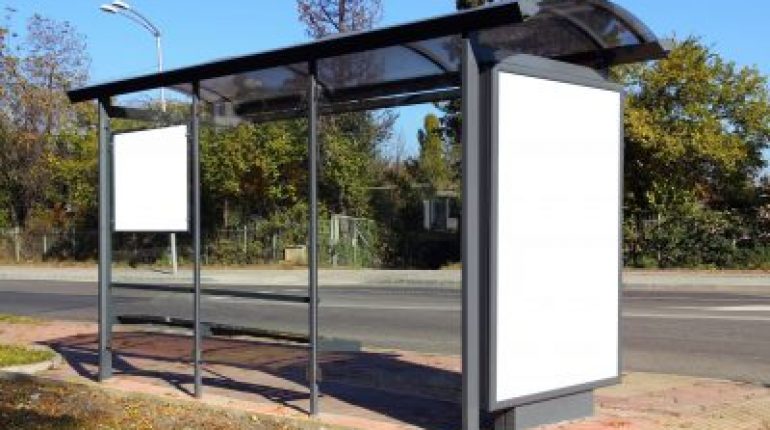Stormwater Harvesting
Municipalities often require harvesting stormwater, and it differs from rainwater collection. A well-designed stormwater detention system would comply with these regulations, reducing systemic load. Furthermore, these systems can be used to provide reliable sources of nonpotable water.
Stormwater vs. Rainwater
Although they are similar, rainwater and stormwater are different types of water. Rainwater is the relatively contaminant-free water that sluices off of rooftops. On the other hand, stormwater usually contains chemicals and contaminants from landscapes. For example, you may find it has hydrocarbons, silt, or fertilizer when harvested.
Stormwater Detention Systems
Collecting stormwater from expansive properties is easy when you use a well-made system. However, pre-filtration of stormwater is vital, or the cistern will need frequent maintenance. A Nutrient Separating Baffle Box, or NSBB, can screen common pollutants from stormwater. As it passes through the filtration system, it stores contaminants in a dry state. This system is IAMPO 324 certified and filters particles as small as 0.02 microns, such as bacteria. Following filtration, collected stormwater is exposed to UV radiation and chlorine as required. Once it completes decontamination procedures, water goes to a storage tank.
Benefits of Installing a System
Any collected water is useful for irrigation and landscaping purposes after processing. It will be pressurized inside the storage tank, awaiting use in various applications. Developers can siphon water from it to flush toilets, irrigate lawns, or use it in cooling towers. Each system can treat up to 200,000 gallons per day, depending on a facility’s needs. wahaso.com designs stormwater detention systems in the US.


